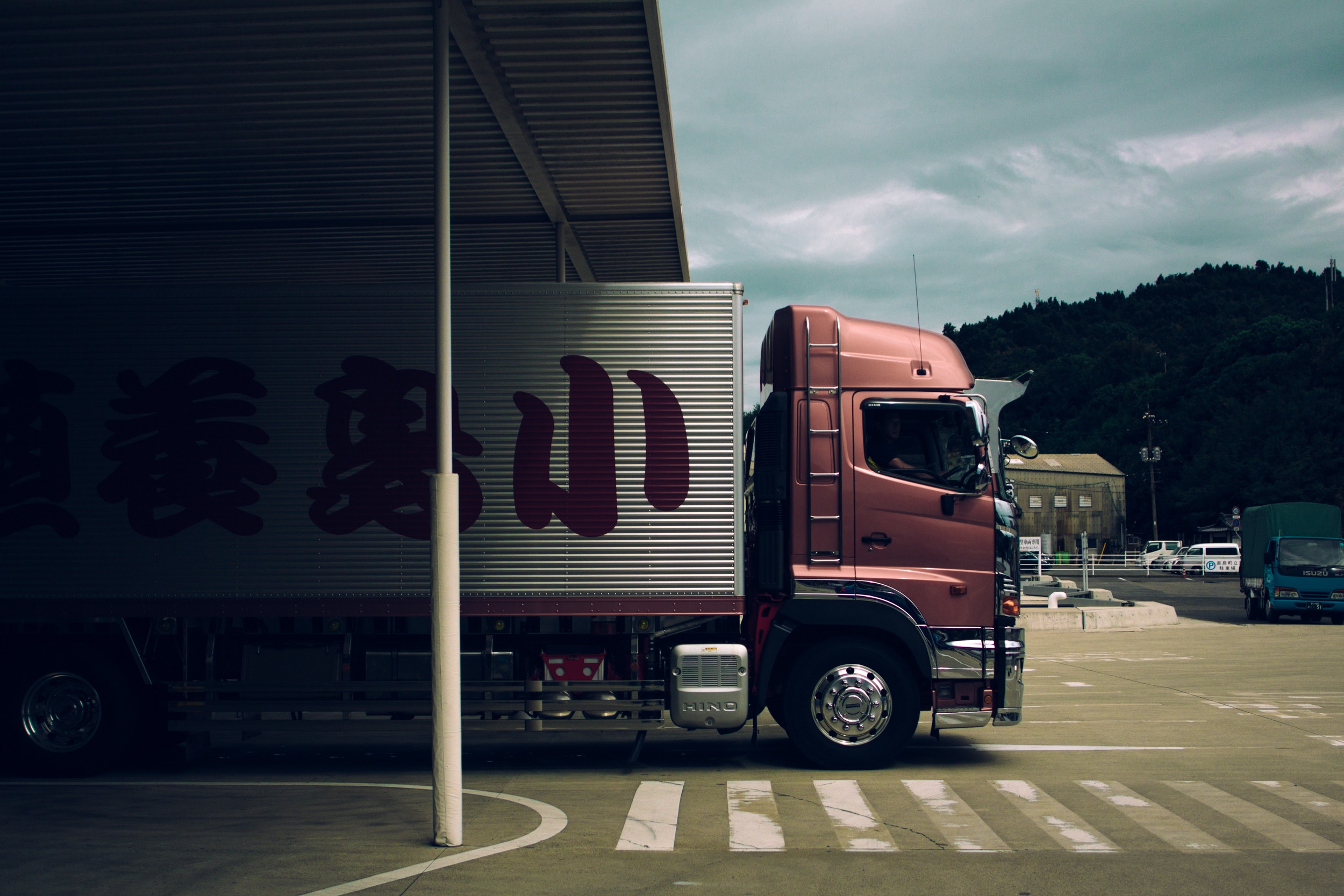Amazon’s recent purchase of whole- foods market will bring products not typically purchased online. It is setting the pace on the growing movement towards Last Mile Logistics.
As part of your Transportation planning, it’s essentials for your organisation to understand what Last Mile Logistics is, and how it impacts your Supply Chain. It describes the movement of people and goods from a transportation hub to a final destination in the home. Last mile delivery can range from a few blocks to 50 or 100 miles.

Consumer demands and expectations are rising, and up to 25 percent of consumers are willing to pay extra for instant or same-day delivery. The fast-evolving technologies as the growth in e-Commerce and Omnichannel are transforming the way shippers view Last Mile Logistics. This ever-improving technology is in our time, generating up to 28 percent of the shipment total, driving growth and profitability.
Shippers face many challenges in successfully delivering products to end-users, faster and more cost-effectively. Last Mile Logistics involves the use of a parcel or small package carriers to provide products to consumers.
Amazon always comes into our radar, as it's an example of how it has perfected its Last Mile Logistics. Day after day retailers of all sizes are as well offering deliver-from-store Last Mile services, including The Home Depot and J.C. Penny Co
What are the challenges faced by Last Mile Logistics?
• Urban delivery may be difficult with navigating traffic and parking regulations.
• World delivery might dramatically increase Last Mile Logistic fuel costs.
• It’s complicated to get products to consumers at the Amazon ask rates,
• More competitor retailers are offering deliver-from-store Last Mile services.
• Large products may require assembly and skilled unpacking upon delivery.
• Shippers must rethink how they can ensure the final condition of the product as it was sold.
• Offer assembly options, which might be categorised as an added service.
• Products may require specialised installation by skilled technicians.
• Capacity perimeters.
• Lack or deficiencies of drivers.
Consumers want speed and visibility in every stage. Shippers must find ways to overcome these challenges and meet the new challenges in Last Mile delivery to remain competitive.
How to solve these challenges?
To pick up products at set locations.
Drone and robots can aid in delivery too.
Better route optimisation technologies to reduce risk.
Last Mile capacity, while cutting costs.
Better incentives to truckers, career opportunities and positions.
Fewer regulations and rules.
Modern Transportation Management Systems (TMS) support shippers to handle Last Mile delivery by automated asset tracking; brings visibility to prevent, both shippers and consumers from end to end, reducing risk. TMS is quite capable of handling frequency and level of services required by steadily eCommerce growth.
Unfortunately, Last mile logistics continue to dominate costs for shippers, and more startups are looking for ways to take advantage of this often-underappreciated marketplace.
CONCLUSIONS: Amazon always comes into our radar, as it's an example of how it has perfected its Last Mile Logistics. Day after day retailers of all sizes are as well offering deliver-from-store Last Mile services, including The Home Depot and J.C. Penny Co
Shippers must act to ensure their companies continue to thrive as more consumers’ demand better, faster service in Last Mile Logistics. Industries and shippers must be where of the Amazon-Effect is challenging the world of Transportation. We must pursue the modern shipping tendency and handle Last Mile Logistics too.
Dave Food
Subscribe to our emails & get exclusive free content.

